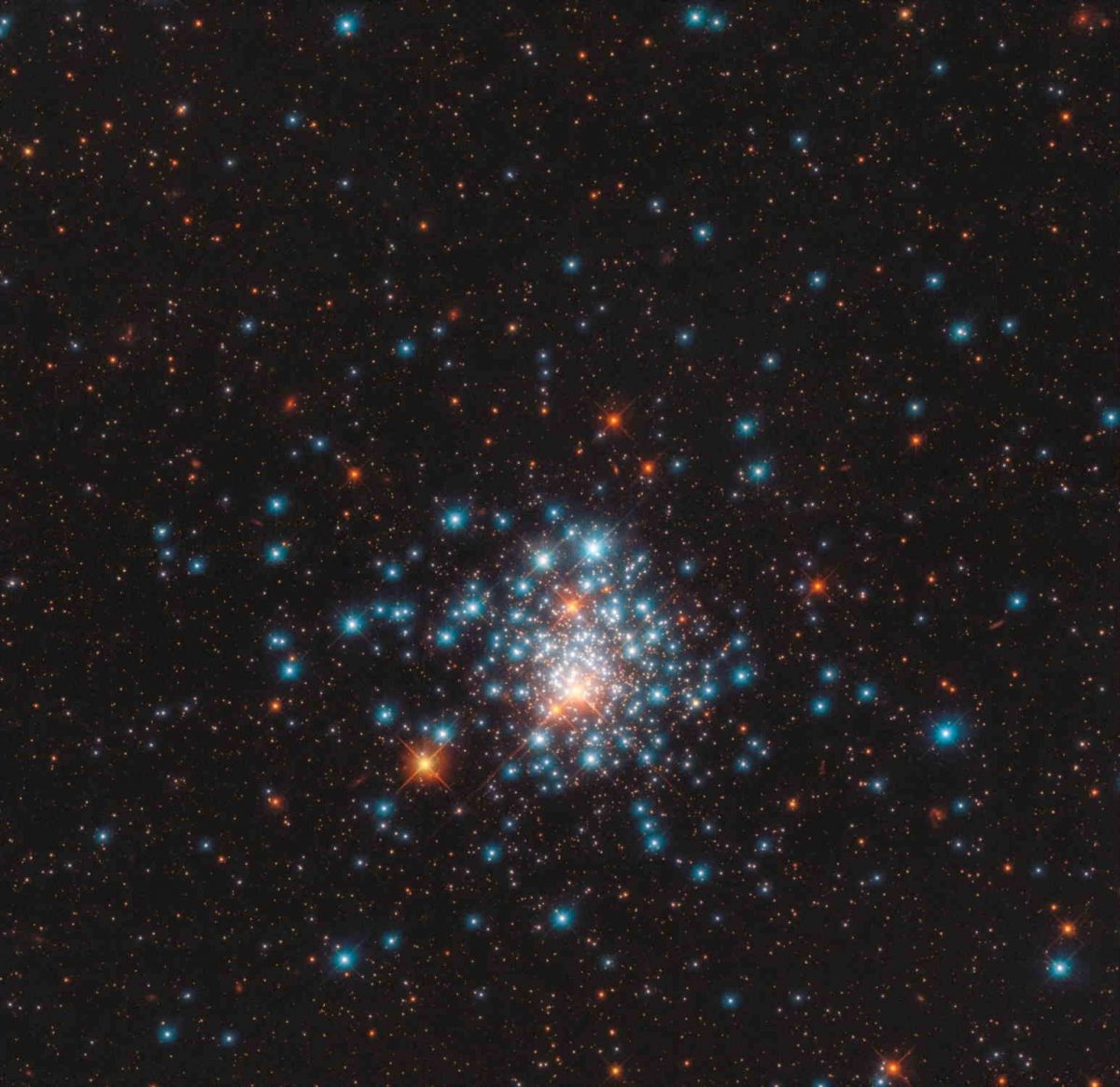Indian researchers have spotted an extremely bright, hydrogen deficient, fast-evolving supernova–an ultra-bright star. SN 2020ank, which was first discovered by the Zwicky Transient Facility in January 2019, was studied by scientists from Aryabhatta Research Institute of Observational Sciences (ARIES) Nainital, an autonomous research institute under the government of India's Department of Science and Technology, from February 2020 and then through the lockdown phase of March and April. The apparent look of SN was very similar to other objects in the field. However, once the brightness was estimated, it turned out to be an exceptionally bright star.
According to the Ministry of Science and Technology, such type of supernovae known as SuperLuminous Supernova (SLSNe) are very rare because they are generally originated from very massive stars (minimum mass limit is more than 25 times to that of the sun), and the number distribution of such massive stars in our galaxy or in nearby galaxies is sparse. Among them, SLSNe-I has been counted to about 150 entities spectroscopically confirmed so far. These ancient objects are among the least understood SNe because their underlying sources are unclear, and their extremely high peak luminosity is unexplained using the conventional SN power-source model involving Ni56 – Co56 – Fe56 decay.

Finding chart of SN 2020ank (∼5×4 arcmin2 field) along with other local standard stars (marked in circles, IDs 1–7). The R-band image (exposure time = 5 min) observed on 2020 March 19 using the 4K×4K CCD Imager mounted at the axial port of the 3.6m DOT facility. The location of SN is marked with a blue crosshair. North and East directions are also indicated in the image (taken from Kumar Amit et al. (, 2021, MNRAS, 502, 1678K).
The team observed it using special arrangements at India’s recently commissioned Devasthal Optical Telescope (DOT-3.6m) along with two other Indian telescopes: Sampurnanand Telescope-1.04m and Himalayan Chandra Telescope-2.0m. They found that the outer layers of the onion structured Supernovae had been peeled off, and the core was shining with a borrowed energy source.
The study was led by Amit Kumar, a Ph.D. student working under Dr. S.B. Pandey, published in the Monthly Notices of the Royal Astronomical Society, suggested a possibly powering source from an exotic type of neutron star with an ultra-powerful magnetic field (magnetar) with a total ejected mass of ~ 3.6 一 7.2 times the mass of the sun.
The study established the role of 3.6. DOT is exploring very rare distant SLSNe in the future. Deeper investigations could explore the underlying physical mechanisms, possible progenitors, and environments hosting such rare explosions and their possible associations with other energetic explosions like Gamma-ray bursts (GRBs) and Fast Radio Bursts (FRBs).




















